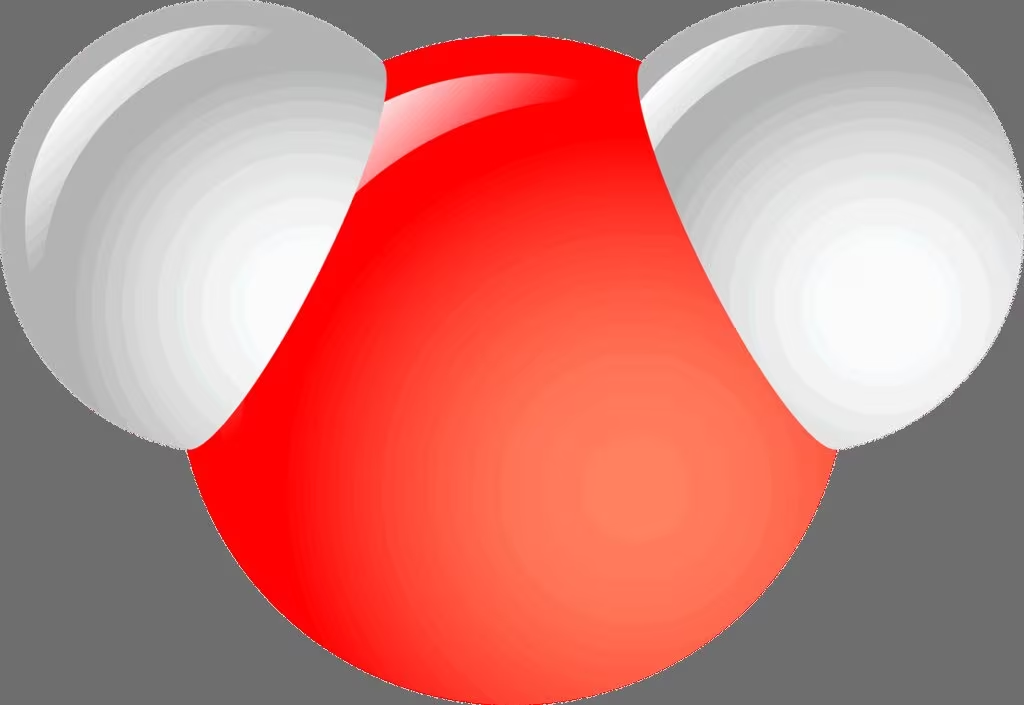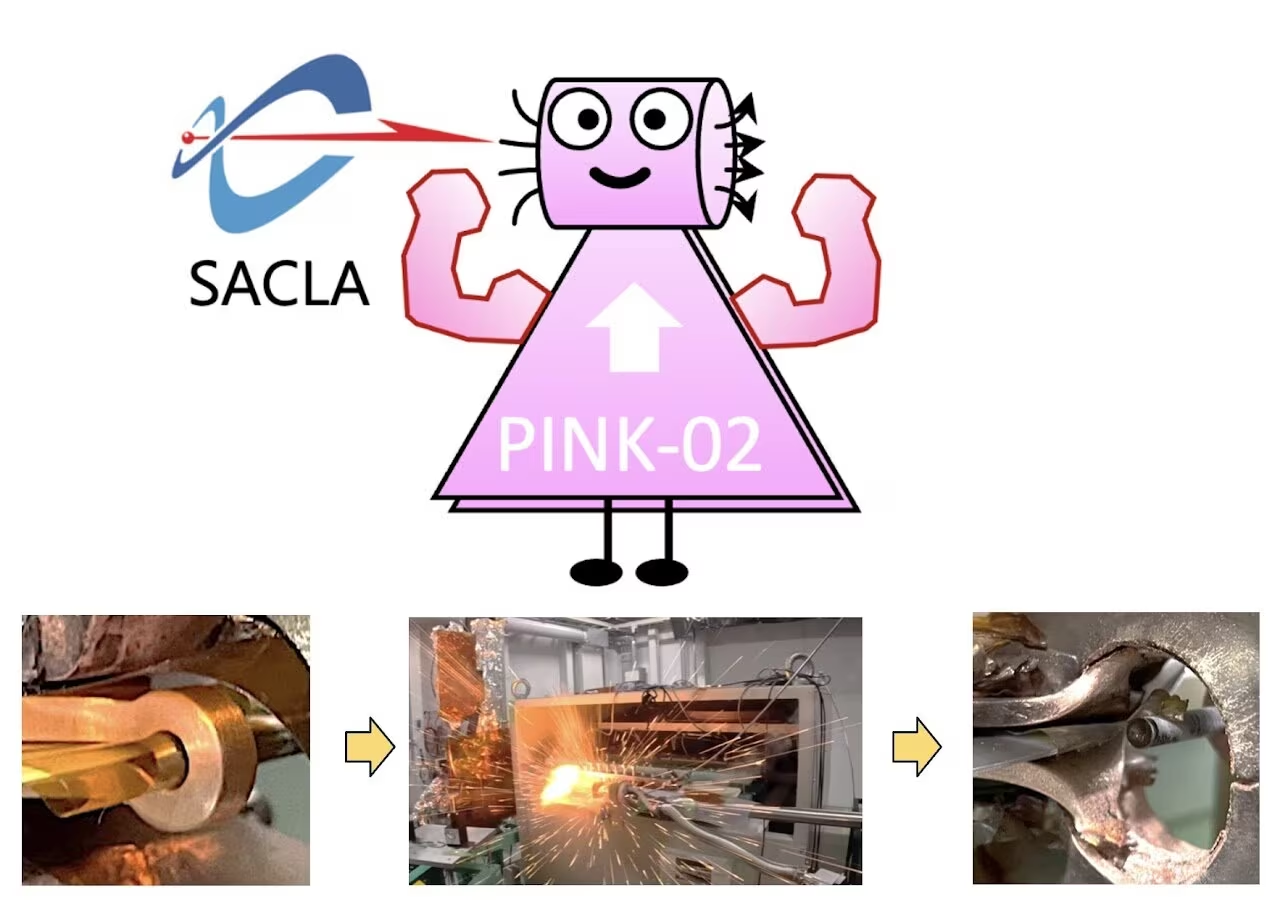Breakthrough in Condensed Matter Physics: How Molecular Spins Dictate Solid Oxygen’s Structure
In a significant advancement for condensed matter physics, researchers have demonstrated that the magnetic moments—or spins—of solid oxygen molecules exert a dominant influence over the material’s crystal structure when subjected to extreme magnetic fields. This finding, achieved under conditions exceeding 100 Tesla and temperatures near absolute zero, challenges long-held assumptions about the forces that govern the arrangement of atoms in solids.
Traditionally, a material’s crystal structure is thought to be primarily determined by the electrostatic interactions between charges and the spatial arrangement of electron orbitals. This new study, however, reveals a powerful magnetostructural coupling in solid oxygen, where the magnetic state of the molecules directly dictates the physical lattice arrangement.

Unpacking the Mechanism: Spin-Lattice Coupling at 100 Tesla
The research focused on solid oxygen (O₂), a material known for its complex magnetic phases at low temperatures. Oxygen molecules possess an inherent magnetic moment, making solid oxygen an intriguing subject for studying magnetism in materials.
The Alpha Phase Under Extreme Conditions
The specific phase investigated was alpha-oxygen, which forms at temperatures below 24 Kelvin and is characterized as an antiferromagnetic insulator. In this phase, the magnetic moments of neighboring molecules align in opposite directions, resulting in no net magnetization. Alpha-oxygen has a monoclinic crystal structure, meaning its unit cell is distorted from a perfect cube.
When the research team applied magnetic fields surpassing the critical threshold of 100 Tesla—a field strength far exceeding that of typical laboratory magnets—they observed a dramatic structural transformation. The extreme field forced the molecular spins to align along the field direction, overcoming the internal antiferromagnetic coupling.
This forced magnetic alignment, in turn, caused a distortion in the crystal lattice. This phenomenon is known as spin-lattice coupling, where the magnetic energy state is intrinsically linked to the physical arrangement of the atoms.
“The magnetic field essentially forces the spins to align, and the crystal structure must then contort itself to accommodate this new magnetic configuration,” explained a researcher involved in the study. “This is direct evidence that under extreme conditions, the magnetic spin can become the primary determinant of the material’s physical structure.”
The Extreme Environment: Research at the MagLab
Achieving magnetic fields of this magnitude is a feat of experimental physics. The measurements were conducted at the National High Magnetic Field Laboratory (MagLab), specifically utilizing the Pulsed Field Facility in Los Alamos, New Mexico. This facility is one of the few places globally capable of generating such intense, transient fields.
Experimental Methodology
To capture the structural changes occurring during the brief pulse of the magnetic field, the team employed X-ray diffraction. This technique involves firing high-energy X-rays at the sample and analyzing the resulting diffraction pattern, which reveals the precise arrangement of atoms within the crystal lattice.
Key experimental parameters included:
- Material: Solid alpha-oxygen (O₂).
- Temperature: Maintained at approximately 4 Kelvin (near absolute zero).
- Magnetic Field: Swept through fields exceeding 100 Tesla.
- Measurement Technique: High-speed X-ray diffraction to capture structural changes in real-time.

The successful integration of high-speed X-ray measurements with the MagLab’s powerful pulsed magnets provided the definitive evidence needed to link the magnetic state directly to the structural distortion.
Why This Matters: Implications for New Materials
This discovery holds profound implications for fundamental physics and the future design of functional materials. It expands the understanding of how magnetic energy can be harnessed to control physical properties.
Challenging Traditional Models
For decades, materials science has relied heavily on models where structural stability is governed by charge density and orbital overlap. The finding that magnetic spin can dominate these forces under extreme conditions suggests that magnetism is a more versatile tool for structural control than previously recognized.
Designing Magnetostructural Materials
The strong spin-lattice coupling observed in solid oxygen is a critical characteristic for developing new magnetostructural materials. These are materials whose physical shape or volume can be precisely controlled by applying a magnetic field. Potential applications include:
- High-Density Data Storage: Materials where structural changes can encode information.
- Actuators and Sensors: Devices that convert magnetic energy into mechanical motion or vice versa.
- Advanced Magnetocaloric Devices: Materials used in highly efficient, magnetic refrigeration systems.
By understanding the precise mechanism of how spin alignment forces structural changes, scientists can begin to engineer materials that exhibit similar, controllable behavior at less extreme, more practical magnetic field strengths.
Key Takeaways
This groundbreaking research confirms a powerful link between magnetism and physical structure in solid oxygen, providing a new pathway for materials engineering:
- Core Finding: Under magnetic fields above 100 Tesla, the magnetic spins of solid oxygen molecules determine the material’s crystal structure.
- Mechanism: The extreme field forces spin alignment, leading to a structural distortion known as spin-lattice coupling.
- Material: The study focused on the alpha phase of solid oxygen, an antiferromagnetic insulator.
- Location: The experiment required the world-class facilities of the National High Magnetic Field Laboratory (MagLab).
- Significance: The results challenge traditional condensed matter models and pave the way for designing new magnetostructural materials with applications in advanced sensing and actuation.

Conclusion
The ability to use magnetic fields to fundamentally alter the crystal structure of a material like solid oxygen represents a significant step forward in our control over matter. While the conditions required for this effect are currently extreme—requiring massive magnetic fields and cryogenic temperatures—the underlying physical principles are now clearly established. This research provides a crucial foundation for future efforts to synthesize materials that exploit strong magnetostructural coupling, potentially leading to a new generation of smart, responsive solid-state devices.
Original author: Ingrid Fadelli
Originally published: November 8, 2025
Editorial note: Our team reviewed and enhanced this coverage with AI-assisted tools and human editing to add helpful context while preserving verified facts and quotations from the original source.
We encourage you to consult the publisher above for the complete report and to reach out if you spot inaccuracies or compliance concerns.

